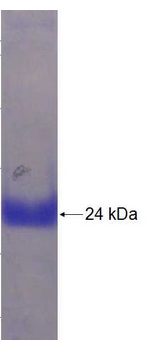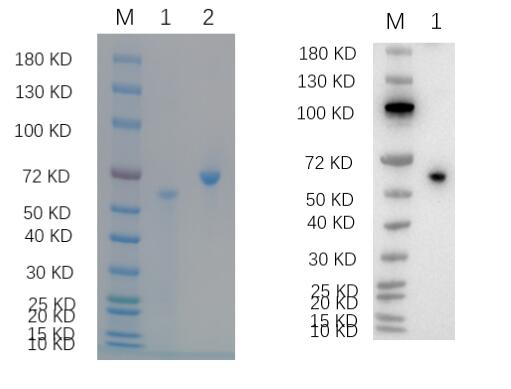GPCRs Taste/Vomeronasal Receptors
🧪 TAS1R2-4619R
Source: Mammalian Cells
Species: Rhesus macaque
Tag: His
Conjugation:
Protein Length:

🧪 TAS2R13-4620R
Source: Mammalian Cells
Species: Rhesus macaque
Tag: His
Conjugation:
Protein Length:

🧪 TAS2R16-4621R
Source: Mammalian Cells
Species: Rhesus macaque
Tag: His
Conjugation:
Protein Length:

🧪 TAS2R39-4622R
Source: Mammalian Cells
Species: Rhesus macaque
Tag: His
Conjugation:
Protein Length:

🧪 TAS2R40-4623R
Source: Mammalian Cells
Species: Rhesus macaque
Tag: His
Conjugation:
Protein Length:

🧪 TAS2R46-4624R
Source: Mammalian Cells
Species: Rhesus macaque
Tag: His
Conjugation:
Protein Length:

🧪 TAS2R5-4625R
Source: Mammalian Cells
Species: Rhesus macaque
Tag: His
Conjugation:
Protein Length:

🧪 TAS2R7-4626R
Source: Mammalian Cells
Species: Rhesus macaque
Tag: His
Conjugation:
Protein Length:

🧪 TAS1R1-2862H
Source: E.coli
Species: Human
Tag: His
Conjugation:
Protein Length: 22-167 aa

🧪 TAS1R3-771H
Source: E.coli
Species: Human
Tag: His
Conjugation:
Protein Length: ECD Domain

Taste and vomeronasal receptors are essential for detecting flavors and pheromones, respectively. Taste receptors, known as TAS1R and TAS2R, help identify sweet, bitter, and umami flavors. Vomeronasal receptors, on the other hand, detect pheromones, which play a key role in guiding social and reproductive behaviors in animals. Together, these receptors support vital sensory interactions in daily life and across various species.






